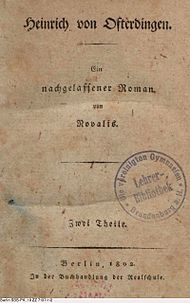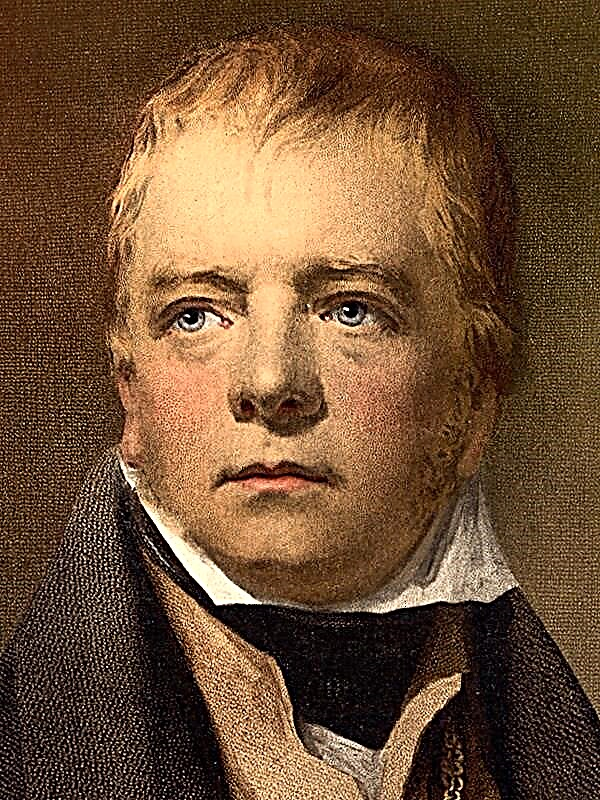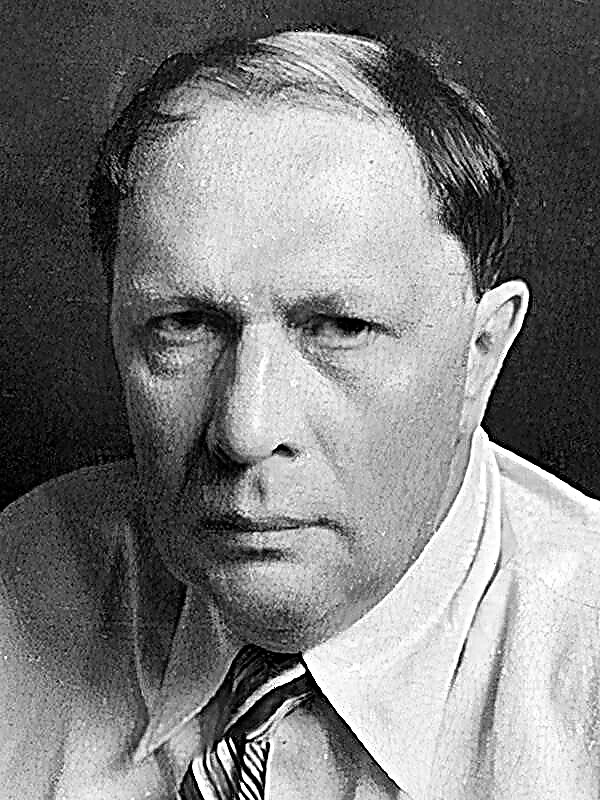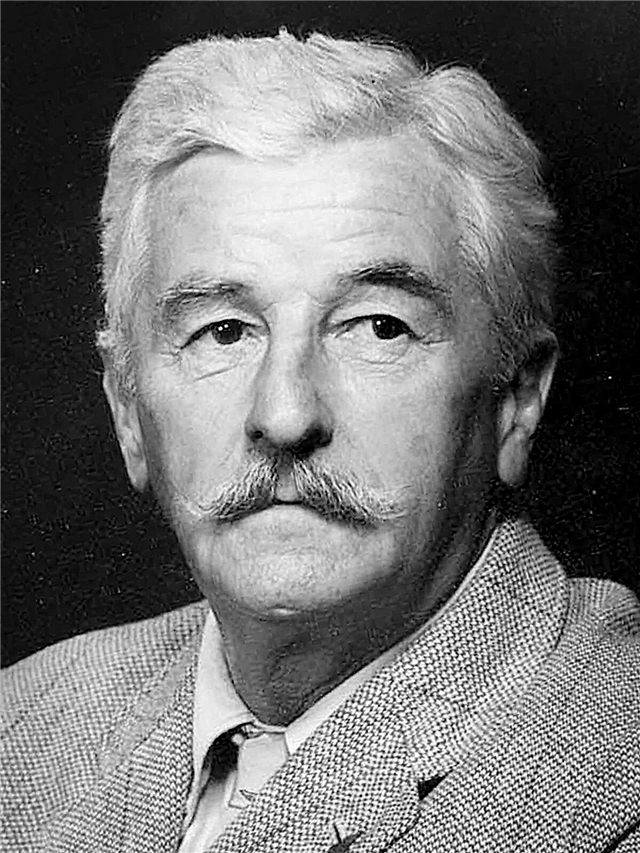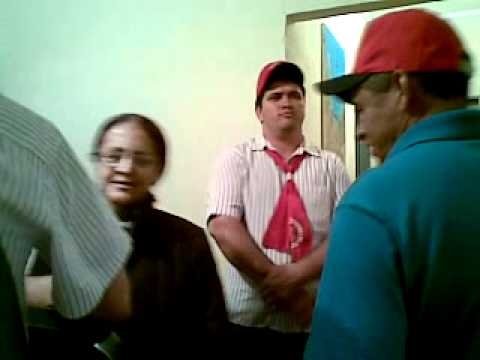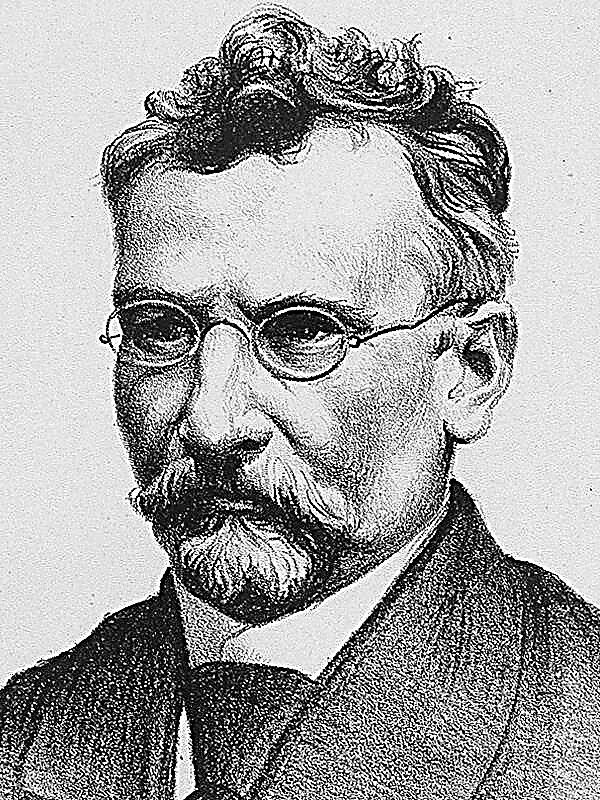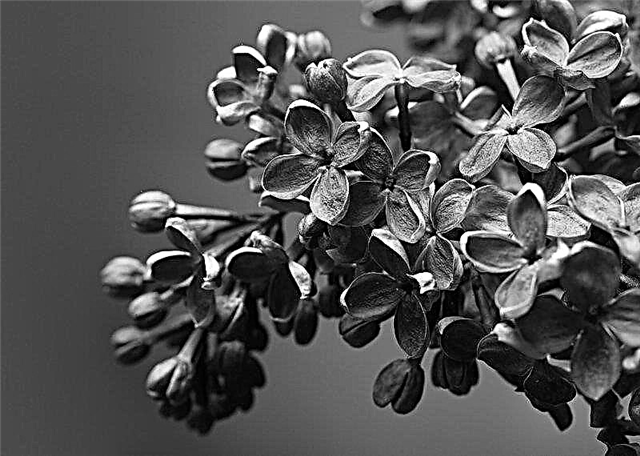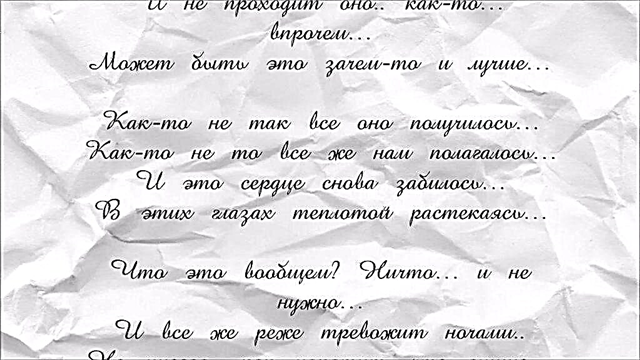Ziggy Jepsen, a prisoner in a Hamburg juvenile colony, receives a German penalty lesson for not delivering a essay on “The Joy of a Duty”. Yozvig himself, the beloved overseer, escorts the young man to the punishment cell, where he has to "open the fireproof cabinet of memories and push through the dormant past." He sees his father, Jene Ole Jepsen, a rugbyul police officer with a blank, dry face. Ziggy returns to that April morning of 1943, when his father rides a bicycle on a bicycle to Bleekenwarf, where his long-time acquaintance, artist Max Ludwig Nansen, lives to present an order received from Berlin forbidding him to paint. Max is eight years older, shorter and more mobile than Jens. In the rain and bucket he is dressed in a gray-blue cloak and hat. Upon learning that the police officer was instructed to monitor the execution of the order, the artist remarks: “These idiots do not understand that you cannot forbid drawing ... They do not know that there are invisible paintings!” Ziggy recalls how a ten-year-old boy witnessed tricks and dirty tricks, “the simple and intricate intrigues and intrigues that the police suspicion gave rise to” for the artist, and decides to describe this in penalty books, adding, at the request of the teacher, the joys that he owes when discharging his duty .
Here Ziggy, together with her sister Hilke and her fiancé Addi, collects eggs of seagulls on the shore of the North Sea and, caught by a thunderstorm, finds himself in a wooden cabin of the artist, from where he observes the colors of water and sky, the “movement of fantastic flotillas”. On a piece of paper he sees seagulls, and each has “the long sleepy physiognomy of a rugbyul policeman”. Punishment awaits the boy at home: the father, with the tacit consent of a sick mother, beats him with a stick for staying with the artist. A new order comes for the seizure of paintings by the artist over the past two years, and a police guard delivers a letter to Nansen’s house when Dr. Busback’s sixtieth birthday is celebrated. Small, fragile, Theo Busbek was the first to notice and supported the expressionist artist for many years. Now, in front of his eyes, Jens compiles a list of seized paintings, warning: "Watch out, Max!" Nansen from the soul breaks from the policeman's arguments about duty, and he promises to continue to paint, full of light "invisible paintings" ...
At this point the memories are interrupted by the knock of the overseer, and a young psychologist Wolfgang Mackenroth appears in the chamber. He is going to write a thesis "Art and crime, their relationship, presented in the experience of Ziggy I." Hoping for the help of the convict, Makenroth promises to come out in his defense, achieve liberation and call that extremely rare feeling of fear, which, in his opinion, was the cause of past acts, “Yepsen’s phobia”. Ziggy feels that among the one hundred and twenty psychologists who turned the colony into a scientific arena, this is the only one you could trust. Sitting at his dingy table, Ziggy is immersed in the sensations of a distant summer morning when his elder brother Klaas woke him up, secretly making his way to the house after he, a deserter who shot his arm twice, was placed on his father’s denunciation in a Hamburg prison hospital. He is chilling with pain and fear. Ziggy hides his brother in an old mill, where in a cache he keeps his collection of pictures with riders, keys and locks. The brothers understand that their parents will do their duty and give Klaas to people in black leather coats who are looking for a fugitive. In the last hope of salvation, Klaas asks to take him to an artist who loved a talented young man, depicted on his Canvases, demonstrating his "naive tenderness."
Continuing to observe the artist, the police guard takes away a folder from him with sheets of blank paper, suspecting that this is “invisible picture”.
It has been three and a half months since Ziggy Yepsen began to work on an essay about the joys of fulfilling a duty. Psychologists are trying to determine his condition, and the director, flipping through the written notebooks. Recognizes that such conscientious work deserves a satisfactory mark and Ziggy can return to the General system. But Ziggy does not consider her confession finished and seeks permission to remain in a punishment cell in order to show in more detail not only joys, but also victims of debt. From Makenroth, he manages to learn along with cigarettes an essay about Max Nansen, who, according to the psychologist, had the most powerful influence on Ziggy. Ziggy recalls how one evening, through a Leaky blackout on the workshop window, his father examines an artist who, with short, sharp strokes of his brush, touches an image of a man in a scarlet mantle and someone else filled with fear. The boy realizes that fear has the face of his brother Klaas. Caught at work, the artist decides to do something incompatible with his hated duty, tears his picture into sparkling rags, this is the embodiment of fear, and gives it to the policeman as material evidence of spiritual independence. Jene recognizes the exclusivity of his action, for "there are others - the majority - they obey the general Order."
The policeman suspects that his son is hiding with the artist, and this forces Klaas to change his cover again. The next day, during a British air raid, Ziggy discovers the seriously wounded Klaas in a peat quarry and is forced to accompany him home, where his father immediately reports what happened to the Hamburg prison. “He will be cured to pronounce a sentence,” the artist says, looking at the indifferent parents. But his time is coming ... Ziggy is witnessing the arrest of the artist, of how he tried to preserve at least the last full of fear work “The Gunner of the Clouds”. Nansen does not know how to safely hide the canvas, and here, in the darkness of the workshop, a boy comes to his aid. He raises his pullover, the artist wraps a picture around him, lowers the pullover, closing the gleam of fire devouring the paintings, and he covers them in a new cache. He hides there “Dancing on the Waves”, which his father demands to destroy, because there is depicted a half-naked Hilke. The artist understands the state of Ziggy, but is forced to forbid him to visit the workshop. The father, from whom the boy protects the paintings, threatens to put his son in jail and lets the police follow him. Ziggy manages to trick the persecutors, but not for long, and he, sleepy, helpless, is arrested in Klaas’s apartment.
Now, on September 25, 1954, meeting his twenty-first birthday, his coming of age in a penal colony, Ziggy Yepsen concludes that he, like many teenagers, pays for what his fathers did. “None of you,” he turns to psychologists, “will not raise a hand to prescribe the necessary course of treatment to the rugbyul policeman, he is allowed to be a maniac and manically fulfill his damned duty.”
Thus ends the German lesson, notebooks are postponed, but Ziggy is in no hurry to leave the colony, although the director announces his release. What awaits him, forever associated with the rugbylu plains, besieged by memories and familiar faces? He will crash or win - who knows ...



